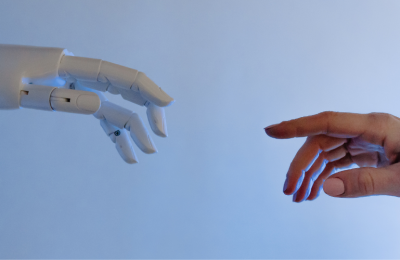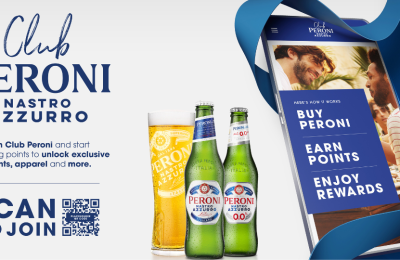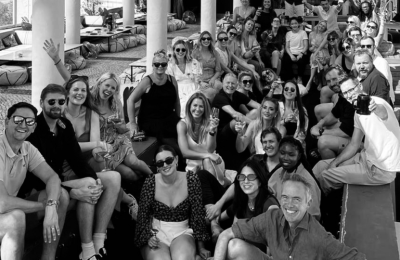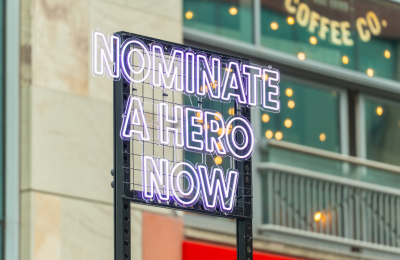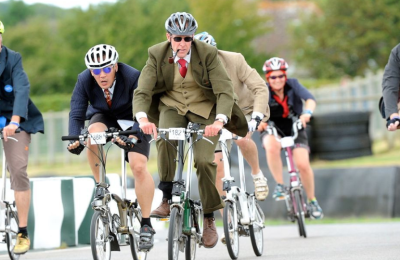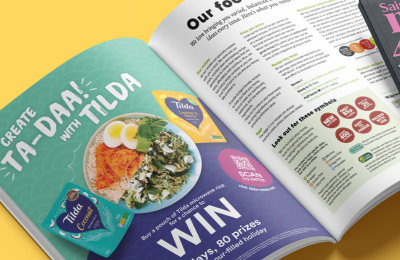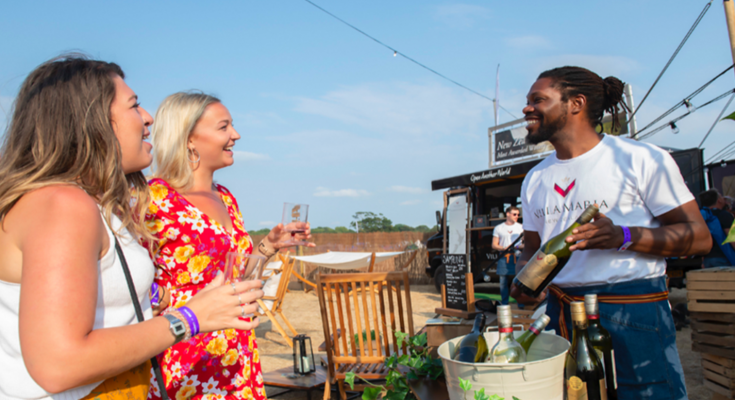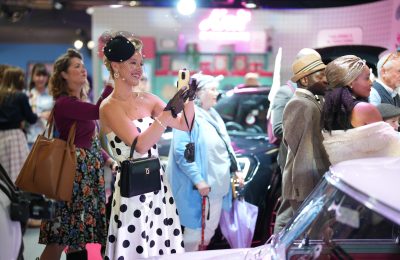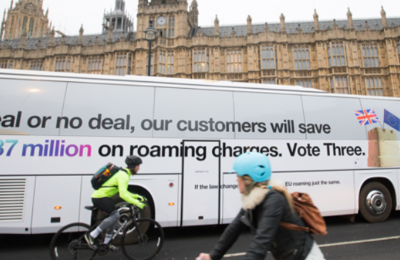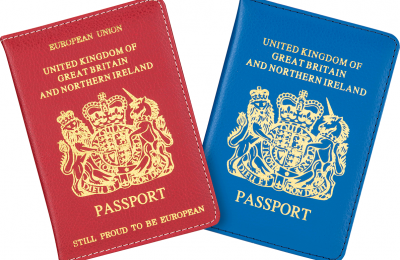Written by Paul Cope, Managing Director of the IPM in collaboration with Andrew Orr, Client Services Director, TRO, Helen Hanson, Founder and Creative Director, Hel’s Angels, Neil Survilla, Business Director, Kreate and Joe Sheppard, Managing Director, POD Staffing.
This article was first featured in Campaign this week and presented by this group on behalf of the IPM Experiential Community at the Event Production Show, Olympia on 26th February.
The past decade has seen a much-reported surge in the ‘experience economy’. People are seeing the value of moments and interactions over stuff. Which makes sense. We’ve got loads of stuff, but we crave opportunities to connect, experience and share more than ever. Watch ‘Minimalism’ on Netflix, read ‘Stuffocation’ by James Wallman or talk to your nearest millennial if you’re yet to be convinced by this burgeoning trend.
As a consequence, the expectation of what experiential marketing can, and should, achieve for brands has not unreasonably increased significantly. Our understanding of consumer behaviour and how people interact with experiences, the opportunities presented by emerging new tech, and the tools and techniques we use to measure the effectiveness of these experiences have all evolved at great pace.
However, this development doesn’t appear to be equally true of the highly specialist area of experiential staffing. Commoditisation and a ‘race to the bottom’ on price have been worryingly prevalent during the same ten-year period. Hourly rates have, for the most part, remained at the same level as they were in 2009. Not when adjusted for inflation or in real terms… the same amount. This has had – and is having – a hugely detrimental effect on the quality of individual that can be hired and the level of training that can be given, inevitably impacting the success of experiential activation.
According to Andrew Orr, Client Services Director at TRO: “In a world seemingly dominated by the language of uncertainty – the gig economy, surveillance capitalism, fake news, chat bots, click farms, Artificial Intelligence and so on – people are crying out for the human touch, and that includes from brands. In our headlong rush towards all things tech, it is essential that we don’t forget the human and their unique role in delivering emotional connection”.
Who hasn’t been enjoying a well thought-through and fantastically realised event or brand experience, only to have the whole thing scuppered by a monosyllabic gum-chewing student or grumpy out of work actor thrusting a product sample in your general direction? Often this is the outcome of a depressingly familiar erosion of the staff hourly rate and training cuts throughout the development process, and is entirely avoidable.
Effective recruitment and appropriate levels of training are, of course, essential steps in delivering remarkable human interaction. Helen Hanson, Creative Director and founder of Hel’s Angels, is very clear on this point: “There are many different types of staffing, but we must accept that experiences which demand hand-picked and trained Brand Ambassadors will cost more. The job of a Brand Ambassador is often to be the face of a brand, to create a bond of trust between that brand and its target consumers. Like any credible role, this requires a thorough search and selection process, skills testing, cultural mapping and matching, and a fit-for-purpose training programme.”
Perhaps then, by glimpsing into the near future and attempting to understand the context within which brand experiences will need to perform, we can truly appreciate what we need to do now from a staffing point of view to positively influence success. For Neil Survilla, Business Director at Kreate, the first step is to appreciate the cultural landscape: “We’re seeing a number of growing trends that are influencing the work we do: the desire for deeper, longer-term experiences, the expectation of cultural relevance and appreciation, sustainability, seamless integration of tech, social reach and proof of success. These are all aspects which require very specific skills from the brand ambassadors staffing the experience, and if any of these elements falter then effectiveness measures usually suffer”.
Add to this the need for water-tight compliance (codes of conduct, HFSS, GDPR, employment law etc), the opportunity to develop rich content that can be enjoyed beyond a one-off experiential campaign, and a growing transactional/retail aspect and it’s clear that much is expected of the people at the brand coalface.
At the IPM we will be supporting the industry in this evolution of the brand ambassador, specifically by working with our members (and beyond) to agree future-proofed standards of skills, training, pay and conduct. Creating a support network that protects brands, staff and agencies alike, and calling out great – and less than great – working practices, will go some of the way to securing a bright future for experiential staffing. The rest will be up to the people that do it.
I’ll leave the last word to Joe Sheppard, Managing Director of POD Staffing: “Our industry is actually in a pretty good place. The benefits of experiential are clear. But there’s still work to be done. The very best activations have a quality brand ambassador team at their heart, so cutting standards, pay and training at this key point of interaction is completely counter-productive”.
The message, then, is clear: when it comes to implementing great brand experiences, whatever you do, don’t forget the human.


